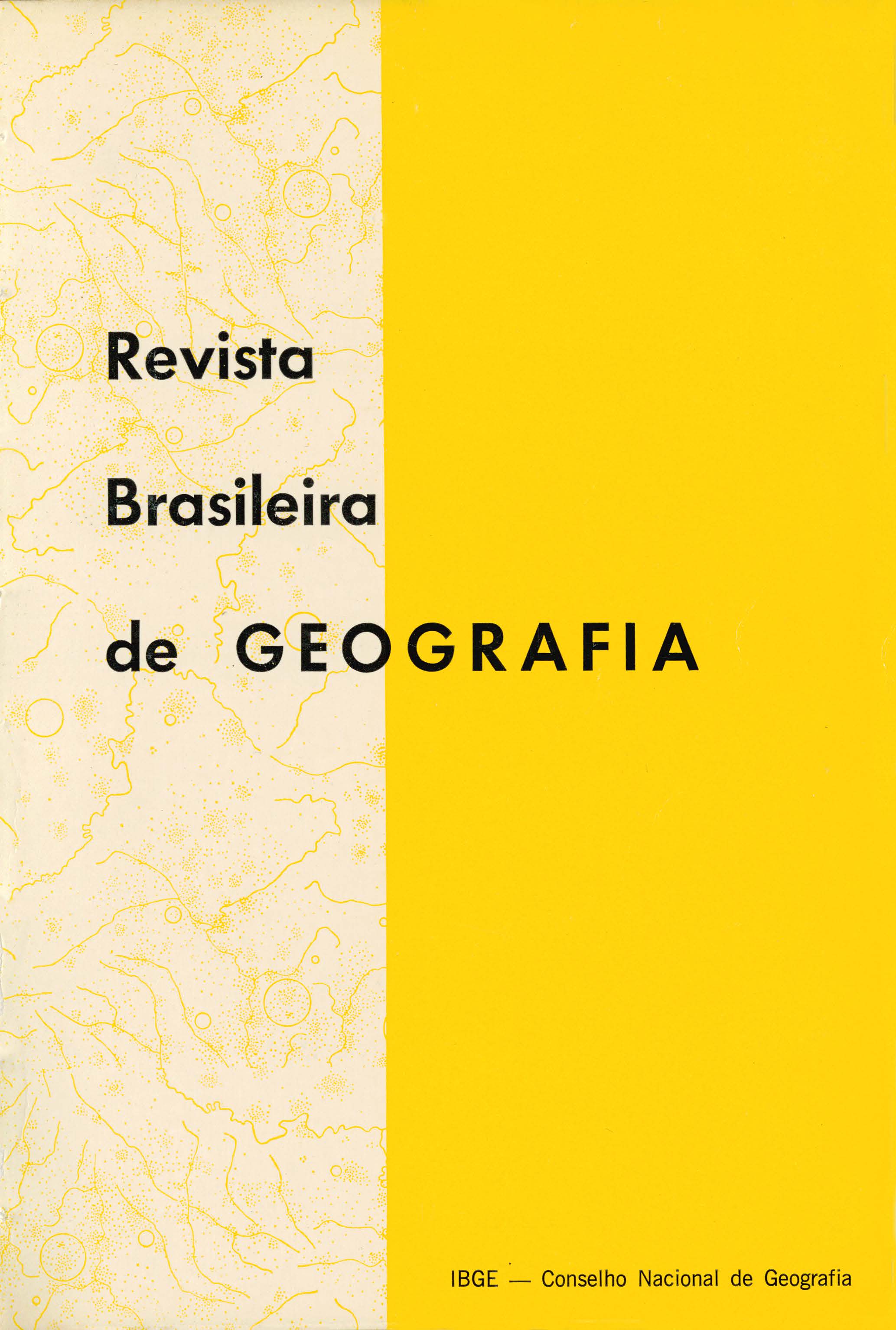Organização espacial da agricultura no Estado do Rio de Janeiro
Palavras-chave:
Rio de Janeiro - Estado, Geografia rural, Geografia física, Agricultura, Economia agrícola, Geografia agrícolaResumo
The quantitative and comparative analysis of livestock and crops, separately by means of indexes and together by means of the agricultural regionalization and the use of patterns of agricultural activity location (Von Thünen's and R. Sinclair's) is essential to the understanding of the spatial organization of agriculture and to any kind of agricultural planning.
In this work, three indexes have been applied: those of crop diversification, of concentration, both established by the hindu geographer Shyam Bathia, and of crop combination, by John Weaver. The crop diversification index determines only two variables: the quantity of crops and the percentages of cultivated area. The concentration index determines the relationship between the cultivated area with only one crop and the total cultivated area in a certain space. The crop combination index determines the type of combination that takes place in a certain area. As to the agricultural regionalization, its objective is to allow the identification of uniform regions in terms of agricultural spatial organization. The percentage of each of the four possible types of land use has been considered as "differentiating characteristic; the type of agricultural production and the type of livestock in reference to the aim of raising have been considered as "accessory characteristics". Beginning at the level and using the homogeneous micro-regions as baste unit and the analytical regionalization method by means of those two types of characteristics, three regions have been determined: Livestock; Agro-Pastoral; Horticulture and Fruit Growing.
The Livestock Region presents as differentiating characteristic the highest percentage of pastures in the State. Its accessory characteristics are a high agricultural diversification, the presence of corn in all crop combinations and 40.61% of the total cattle in the State, more than 75% of which being of dairy animals.
The Agro-Pastoral Region is characterized by high percentages of pastures and of areas occupied by farming. Its accessory characteristics are the sugar cane, rice, corn and manioc crops, and the high totals of cattle, more than 50% of which being of dairy animals.
The Horticulture and Fruit Growing Region presents as differentiating characteristic a percentage of forests and uncultivated lands higher than that of the two other regions already mentioned. Its accessory characteristic related to farming is the fact that the region 1tself is the domain of floriculture, fruit growing and horticulture in the State. It also presents the highest percentage of area unoccupied by agricultural establishments, a fact that indicates 1ts highly urbanized nature in both actual and speculative ways, through deficiently occupied allotments. Thus, this region is extremely complex due to the diversity of physical features and to the presence of the metropolitan area of Rio de Janeiro which influences the agricultural occupation in many ways.
The identification of the three agricultural regions has revealed the high degree of cohesion between those homogeneous spaces due to the polarization of the metropolis of Rio de Janeiro. This polarization is demonstrated by the great influence of the enormous consumer market on the agricultural land use in those regions and, basically, by the actual or speculative influence of the metropolitan expansion on the competition between agricultural and urban land uses.






